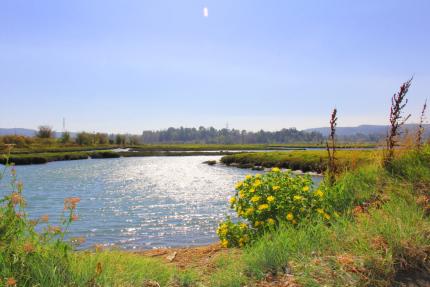Download the Priority Habitats and Species List
PHS Statewide List and Distribution by County (XLSX)

The Priority Habitats and Species (PHS) List includes species and habitats for which special conservation measures should be taken. The PHS List explains why each priority habitat and species is on the list, shows which counties have that species or habitat, and provides links to PHS management recommendations. Cities and counties use the PHS List when designating and protecting Fish and Wildlife Habitat Conservation Areas under the Growth Management Act and Shoreline Management Act.
Priority habitats
Priority habitats are habitat types or elements with unique or significant value to a large number of species. A priority habitat may consist of a unique vegetation type like shrubsteppe, dominant plant species like juniper savannah, or a specific habitat feature like cliffs. There are 20 types of priority habitats in Washington.
Priority species
Priority species include State Endangered, Threatened, Sensitive, and Candidate species; vulnerable animal groups (e.g., seabird concentrations, heron rookeries, bat colonies); and vulnerable species of recreational, commercial, or tribal importance. There are 269 priority species in Washington. Species are often considered a priority only within a “priority area” such as a nest, roost, foraging area, breeding area, regular gathering area, or migration corridor.
PHS List relation to other species lists
The PHS List includes all state listed species (PDF) and species from the State Wildlife Action Plan’s list of Species of Greatest Conservation Need (PDF). Some species that are excluded from other lists, such as many game species, are included on the PHS List. Lists of at-risk plant species are available from the Department of Natural Resources’ Natural Heritage Program.
Visit PHS Maps to view locations of priority habitats and species.